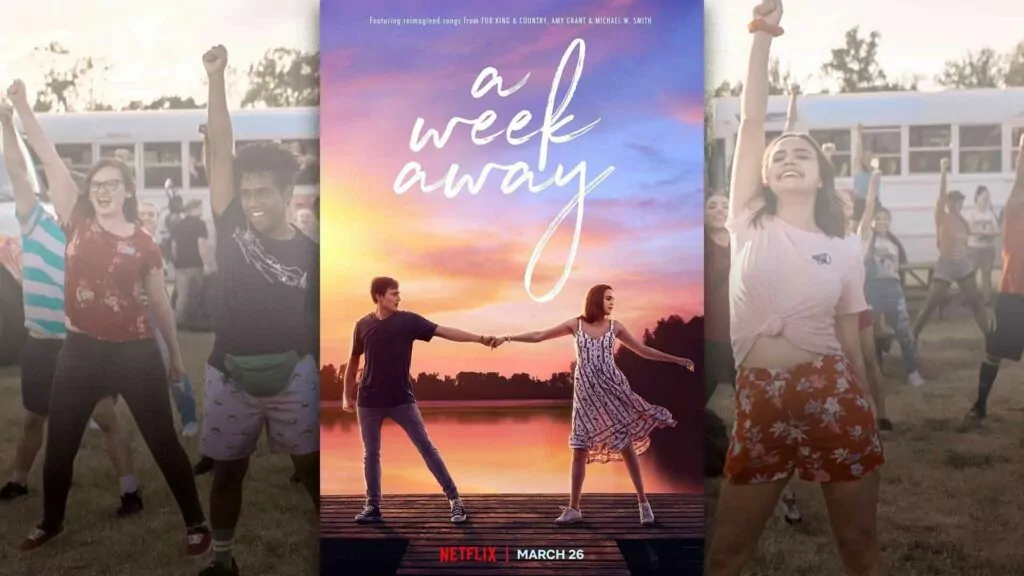Of all the skills our children need to master, reading is at the top of the list. Children who read fluently do well in school, while poor readers struggle because the entire curriculum is based on the ability to read. Reading opens up incredible opportunities; in contrast, illiteracy is related to poverty and crime.
But success in life is not our main motive for raising readers. We want our children to love words so that they will be daily readers of the Word. The Bible is a challenging book, and our children need to be able to read and understand it in order to grow in their relationship with God. That’s why raising readers is a priority for Christians.
Start early…
The Read-Aloud Handbook by Jim Trelease provides a valuable resource for parents, teachers and anyone else involved with children. With carefully documented research and compelling stories, he tells us the most important thing we must do is read aloud to our children. Trelease points out that reading is like any other skill: you get better at it by doing it.
But how do we get our kids to want to read in the first place? Children gravitate to activities they find enjoyable. How do we give them a love for reading?
We must read to them daily. Reading aloud brings to life the characters, places and adventures that are hidden between the covers of books. Children learn that books hold exciting stories. Young children associate books with cuddle times with their favorite person. As the family matures, books become the vehicle for countless conversations and laughs, shared memories and ideas. In this environment, children naturally fall in love with books.
…and keep going!
Most of us understand the importance of reading to young children. The nightly bedtime story, I would hope, is a habit that parents maintain. When children have been read to regularly, they start kindergarten eager to learn to read.
But as they get older, reading levels often drop lower and lower. Trelease writes:
“Among fourth-graders, only 54% read something for pleasure every day. Among eighth-graders, only 30% read for pleasure daily. By twelfth grade, only 19% read anything for pleasure daily. In a Bureau of Labor Statistics survey in 2010, young adults between ages 15-19 reported spending only 12 minutes a day reading versus 2.23 hours watching television.”
What is going wrong? Many parents don’t realize that we need to keep reading to children even when they begin to read on their own. Reading is a complex skill that takes years to develop.
Stuck with Cat in the Hat but hungering for more
The problem is, a beginning reader reads at a level far below his comprehension. That means that for a long time, he is stuck reading boring books. Reading is hard work, and if there is little reward, why bother? Typically in grade four, children start to give up on reading. The pain is not worth the pleasure.
This is why continuing to read to your child is so important. You need to read captivating books that keep alive the interest and the motivation to read. Reading to your child every day is like advertising for books. Smart companies do not stop advertising. According to Trelease, the research shows that the gap between a child’s listening vocabulary and reading vocabulary usually does not close until about grade eight. Yet most parents stop reading to their children long before that time.
Expanding their vocabulary
Besides giving children the motivation to want to read, reading to our children also gives them the building blocks to be able to read. It gives them words.
Researchers can tell how well a child will do in school based on the size of his vocabulary before schooling begins. Does speaking to our children provide enough vocabulary? No. We use 5,000 words in our daily conversation, with another 5,000 used less often. Trelease writes:
“The eventual strength of our vocabulary is determined not by the ten thousand common words but by how many rare words we understand.”
When we read to our kids they hear three to eleven times as many rare words as they would during normal conversation. Reading aloud pours a rich variety of words into our kids’ ears and minds. This vocabulary is crucial for their learning.
What about TV?
Does television build vocabulary? Research shows that television is greatly inferior to print. Most TV script is made up of conversational vocabulary and over the years there has been a steady decline in the use of complex sentences and rich vocabulary.
Trelease devotes a chapter to television and whether it helps or hinders literacy. To highlight one item, a study in 2004 which tracked 2,500 children concluded that:
“for each hour of daily TV viewed by the child before age three, the risk of attention deficit hyperactivity disorder (ADHD) by age seven increased by 10 percent.”
In contrast, reading aloud is the best way to increase attention span. The American Academy of Pediatrics has warned that children under two should not watch any TV. This would include other screens as well. As parents, we need to be in control of the technology in our homes if we want to foster reading and raise healthy children.
Benefits abound
Reading aloud is an incredible force in the lives of children. Sharing books builds the bond between adult and child and gives the child a secure sense of being loved and valued. Reading enriches life and is a gateway to the world of ideas. Good readers are able to provide leadership in our communities because they have thought about many things. We need more readers. The time you invest in reading to the children in your life is of incalculable value. Start reading today. It’s never too late to start.
And be encouraged by what God has been doing in our families. He has built reading into our lives by giving us the Bible and making us people of the Word. He has given us wonderful routines of mealtime reading and bedtime Bible stories, where fathers especially can be the role models their sons so desperately need. These habits alone give our kids a huge boost in literacy. Our Heavenly Father knows what our children need. Praise God and keep reading to your kids!
A version of this article was first published in the July 15, 2017 edition of Una Sancta and is reprinted here with permission.
Practical Suggestions
For even more suggestions see Jim Trelease wonderful list of the “Do’s and Don’ts of Read-Aloud.”
MAKE READING OUT LOUD A PRIORITY
- Make it a habit by setting a specific time. Doesn’t matter when – before bed, after lunch, naptime, or school – it just has to be a daily appointment.
- Model reading. Children should see you reading for enjoyment.
- Have books in the house.
- Visit the library regularly.
- Read out loud every day for a minimum of 15 minutes.
- Keep reading to children even after they learn to read.
- Get the grandparents reading to your kids.
- Read to your infants – long before they can talk, they are language sponges.
MAKE IT EXCITING
- It’s okay to skip boring bits. Pre-reading helps with this.
FIND POCKETS OF TIME
- Read to your preschoolers while nursing/feeding your baby.
- Read to your kids while waiting for the doctor, dentist etc.
- Read nursery rhymes (or that book you’ve read so often you have it memorized) while folding laundry or doing ironing.
- Pick a good book to read aloud when camping.
READ OUT LOUD EVEN IF YOU’RE NOT A READER
- Not the best reader yourself? Don’t worry – your child will love it. As the parent, you are the very best reader for them.
FEEL FREE TO USE TECHNOLOGY
- Make use of audio books.
- Picture books are best as paper books, with their big bold pages. But e-readers have a place too, with their ability to store many, many books.
- If the grandparents live far away they can still read to your children via Skype.















